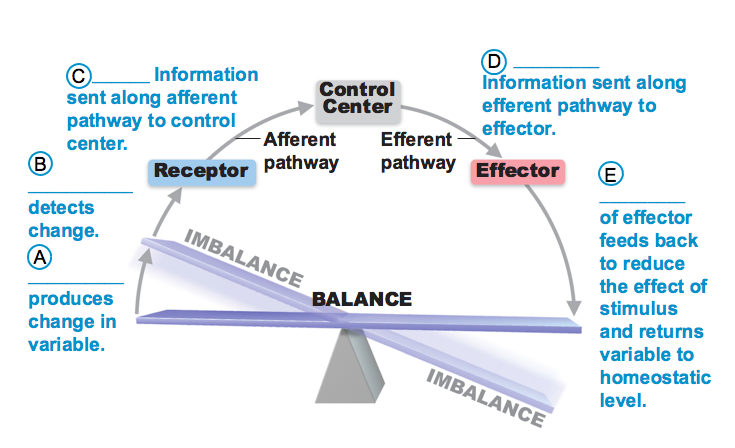
Response
A
B
C
D
E
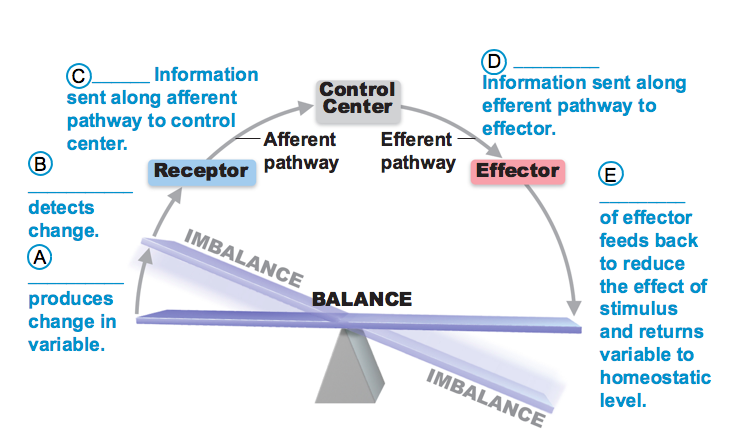
E

Output
A
B
C
D
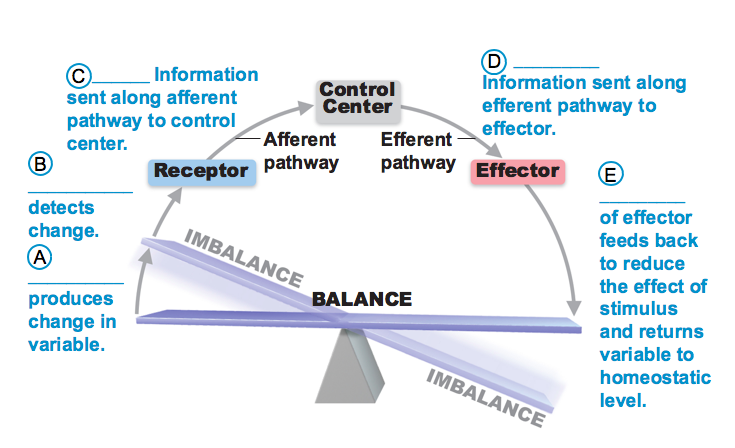
D
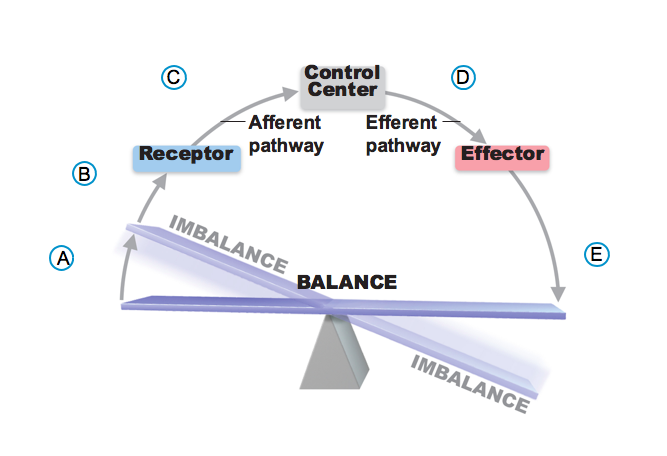
Stimulus
A. Produces Change in Variable
B. Detects Change
C. Information sent along afferent pathway
D. Information sent along efferent pathway
E. Effector feeds back to reduce the the effect of stimulus and returns variable to homeostatic level

A.
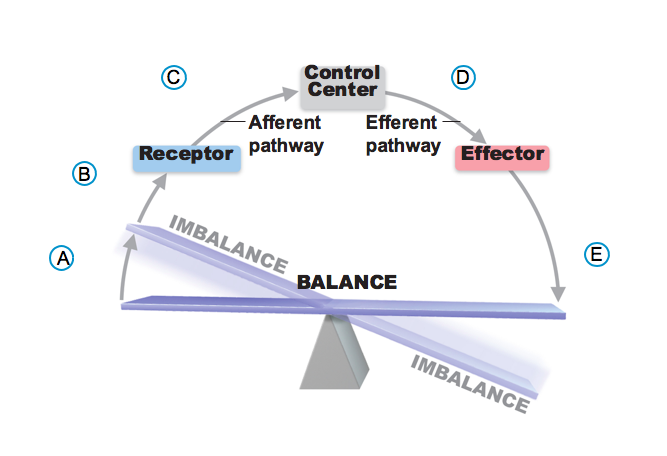
Receptor
A. Produces Change in Variable
B. Detects Change
C.
Information sent along afferent pathway
D. Information sent
along efferent pathway
E. Effector feeds back to reduce the the
effect of stimulus and returns variable to homeostatic level
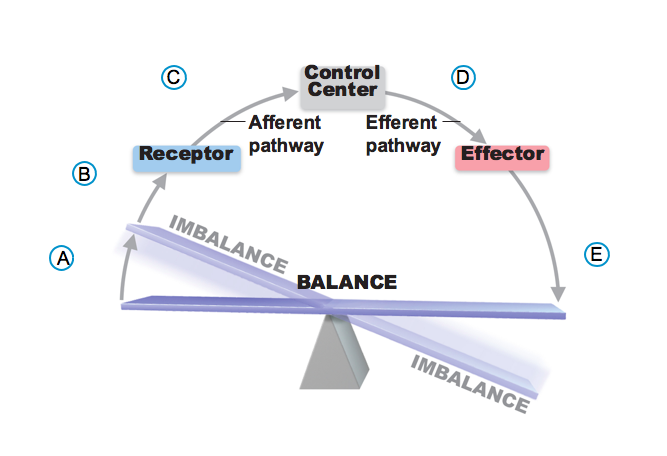
B.
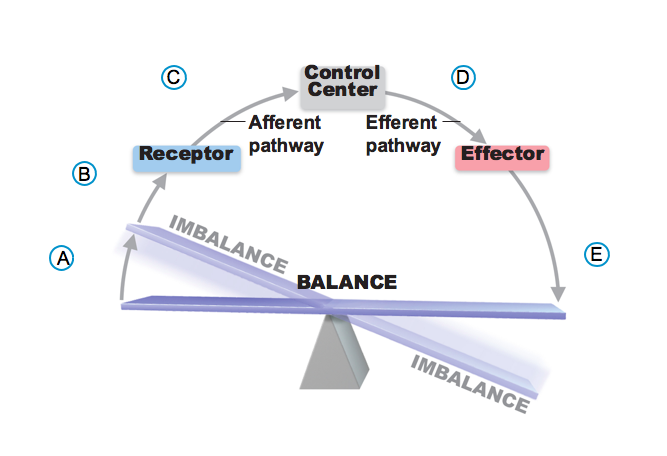
Input
A. Produces Change in Variable
B. Detects Change
C.
Information sent along afferent pathway
D. Information sent
along efferent pathway
E. Effector feeds back to reduce the the
effect of stimulus and returns variable to homeostatic level
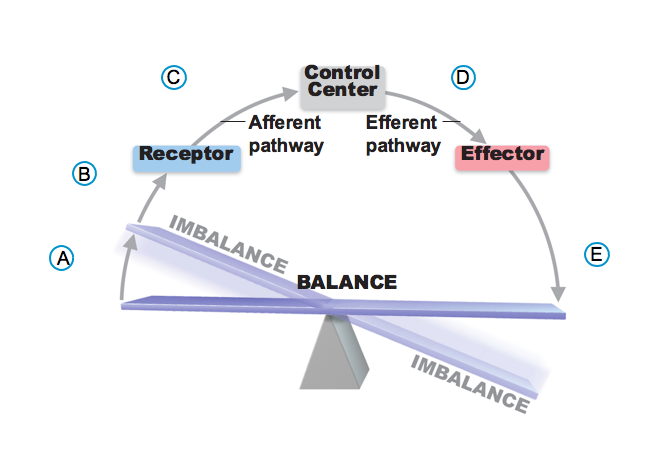
C.
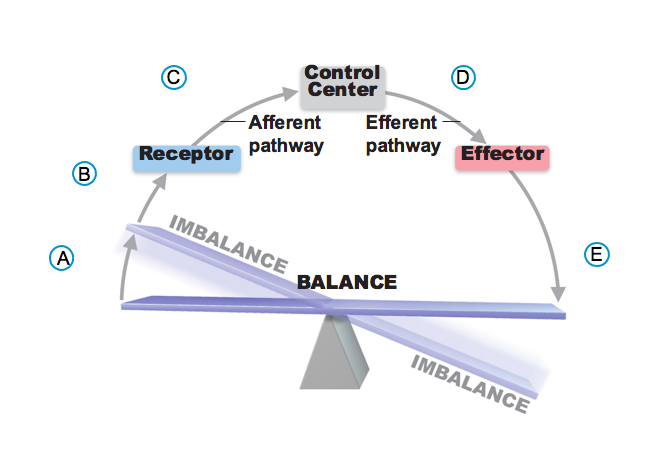
Output
A. Produces Change in Variable
B. Detects Change
C.
Information sent along afferent pathway
D. Information sent
along efferent pathway
E. Effector feeds back to reduce the the
effect of stimulus and returns variable to homeostatic level
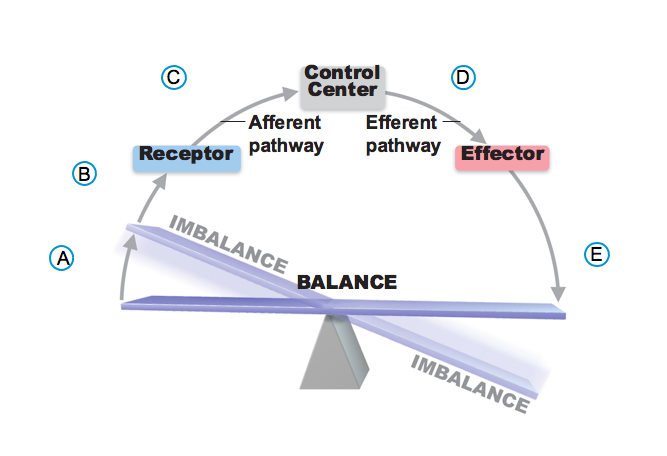
D.
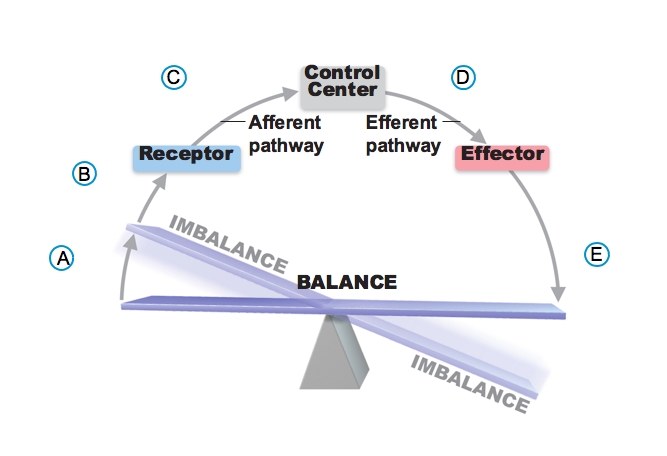
Response
A. Produces Change in Variable
B. Detects Change
C.
Information sent along afferent pathway
D. Information sent
along efferent pathway
E. Effector feeds back to reduce the the
effect of stimulus and returns variable to homeostatic level
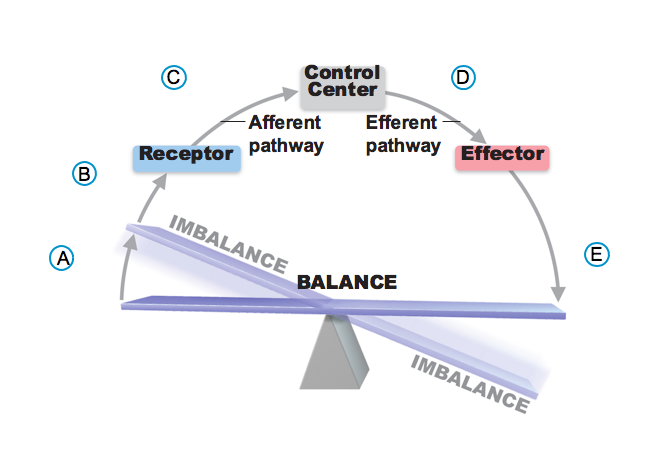
E.
The chemical symbol O=O means
A. This is an ionic bond with two shared electrons
B. The atoms are double bonded
C. zero equals zero
D. both atoms are bonded and have zero electrons in their outer orbit
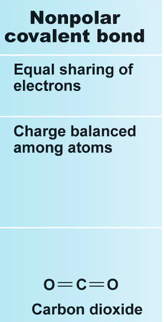
B.
What level of protein synthesis is represented by the coiling of the protein chain backbone into an alpa helix?
A. quaternary structure
B. Tertiary Structure
C. Secondary Structure
D. Primary Structure
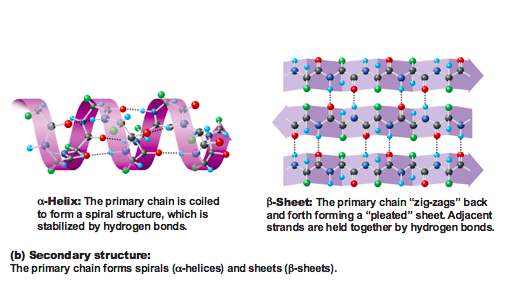
C.
The RNA responsible for bringing the amino acids to the ribosome for protein formation is
A. mRNA
B. ssRNA
C. tRNA
D. rRNA

C.
A structure that is composed of two or more tissue types that work together to perform specific functions for the body is a(n)
A. organ
B. Complex tissue
C. Organ System
D. Complex Cell
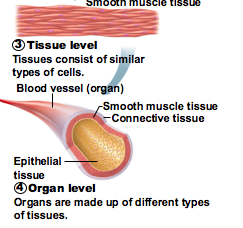
A.
The function of centrioles include
A. organizing the mitotic spindle in cell division
B. Providing whiplike beating motion to move substances along cell surfaces
C. producing ATP
D. serving as the site for ribosomal RNA synthesis

A.
Which of the following is a principle of the fluid mosaic model
A. all proteins associated with the cell membrane are contained in a fluid layer on the outside of the cell
B. Phospholipids consist of a polar head and a non polar tail made of three fatty acid chains
C. Phospholipids form a bilayer that is largely impermeable to water-soluble molecules
D. The lipid bilayer is a solid at body temp., this protecting the cell
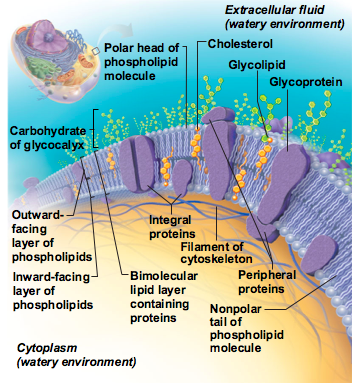
C.
Average body temperature is ___ degrees centigrade
A. 47
B. 37
C. 98
D. 68
B.
Which of the following would not be a constituent of a plasma membrane?
A. Phospholipids
B. messenger RNA
C. glycoproteins
D. Glycolipids
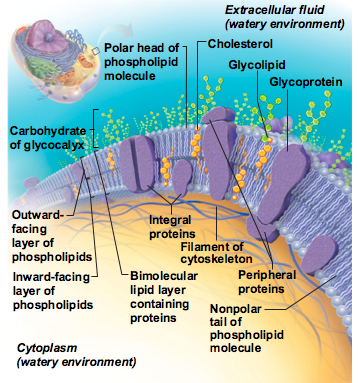
B.
Which of the following is a function of a plasma membrane protein?
A. oxygen transport
B. molecular transport through the membrane
C. Forms a lipid bilayer
D. Circulating antibody
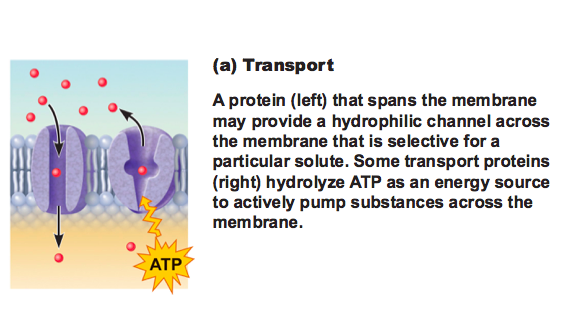
B.
The main component of the cytosol is
A. proteins
B. Water
C. sugars
D. salts
B.
Which of these is not part of the dorsal cavity?
A. vertebral cavity
B. cranial cavity
C. thoracic cavity
D. spinal cord

C.
A red blood cell placed in pure water would
A. shrink
B. neither shrink nor swell
C. swell and burst
D. swell initially, then shrink as equilibrium is reached
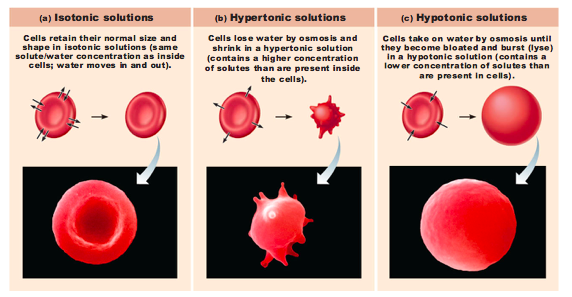
C.
Mitochondria
A. are single-membranes structures involved in the breakdown of ATP
B. contain some of the DNA and RNA code necessary for their own function
C. are always the same shape
D. synthesize proteins for use outside the cell
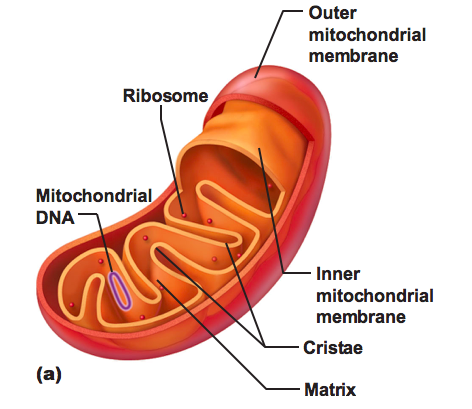
B.
What is the regional term for the hip region?
A. coxal
B. pedal
C. inguinal
D. manus
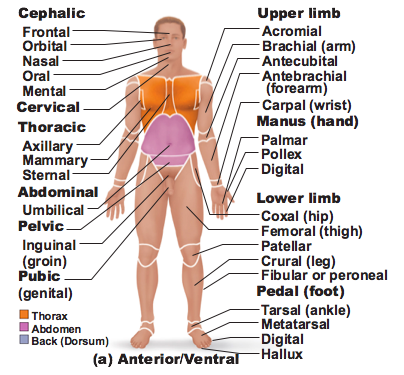
A.
Which term means toward or at the back of the body, behind?
A. distal
B. anterior
C. lateral
D. dorsal
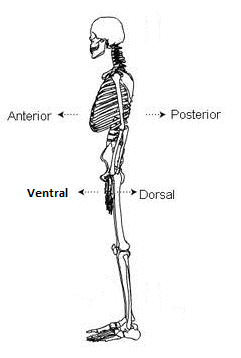
D.
In which stage of mitosis do the identical sets of chromosomes uncoil and resume their chromatin form?
A. metaphase
B. anaphase
C. telophase
D. prophase
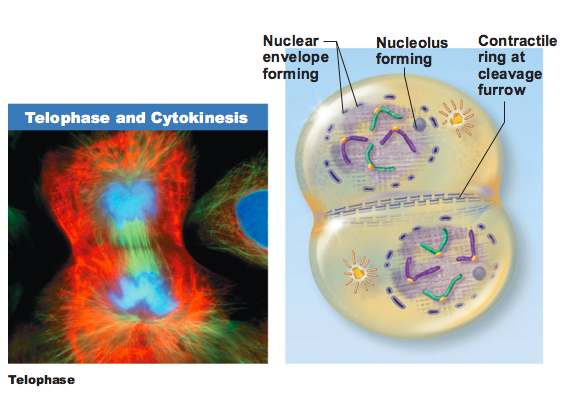
C.
Histology would be best defined as a study of
A. cell chemistry
B. the gross structures of the body
C. cells
D. tissues
D.
Which of the following is not a function of the smooth ER
A. protein synthesis in conjunction with ribosomes
B. breakdown of stored glycogen to form free glucose
C. steroid-based hormone synthesis
D. lipid metabolism and cholesterol synthesis

A.
The single most abundant chemical chemical substance of the body, accounting for 60% to 80% of body weight, is ___
A. oxygen
B. protein
C. hydrogen
D. water
D.
Which of the following does not describe uses for the ATP molecules?
A. chemical work
B. pigment structure
C. transport across membranes
D. mechanical work
B.
Amino acids joining together to make a peptide is a good example of a(n) __ reaction.
A. synthesis
B. reversible
C. exchange
D. decomposition
A.
Some hormones enter cells via ____
A. pinocytosis
B. receptor-mediated endocytosis
C. primary active transport
D. exocytosis
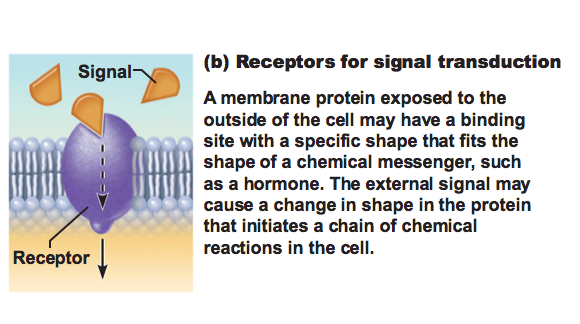
B.
Sucrose is a
A. disaccharide
B. monosaccharide
C. polisaccaride
D. triglyceride
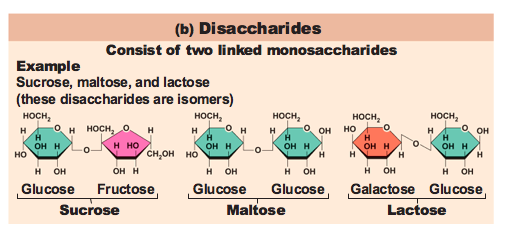
A.
Which of the following describes the operation of the heart and blood vessels?
A. cardiovascular anatomy
B. cardiovascular physiology
C. systemic anatomy
D. systemic physiology
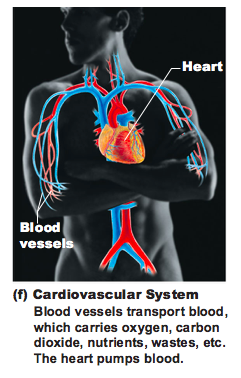
B.
Which structures are fingerlike projections that greatly increase the absorbing surface of cells?
A. flagella
B. stereocilia
C. primary cilia
D. microvilli
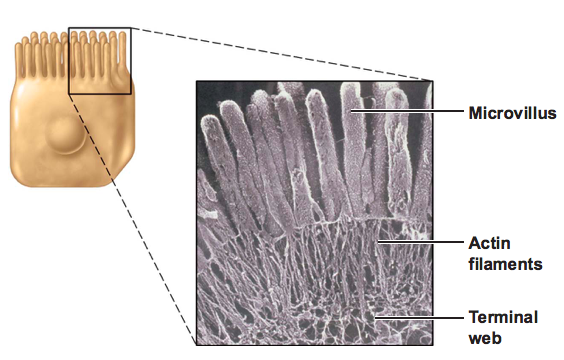
D.
The study of large body structures, visible to the naked eye, such as the heart is called ____ anatomy
A. microscopic
B. developmental
C. systemic
D. gross
D.
In which body cavities are the lungs located?
A. pleural, dorsal, and abdominal
B. mediastinal, thoracic, and ventral
C. pleaural, vental and thoracic
D. pericardial, ventral and thoracic
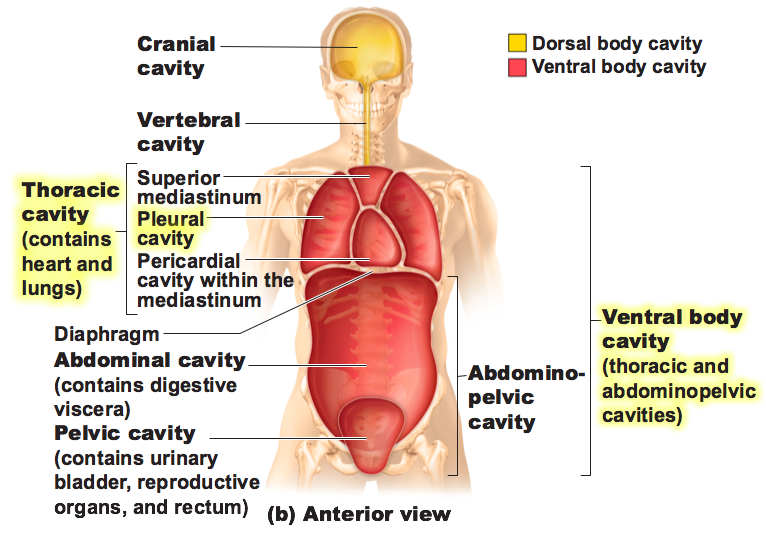
C.
A good example of a positive feedback mechanism would be
A. regulating glucose levels in the blood
B. blood calcium level regulation
C. body temperature regulation
D. enhancement of labor contractions
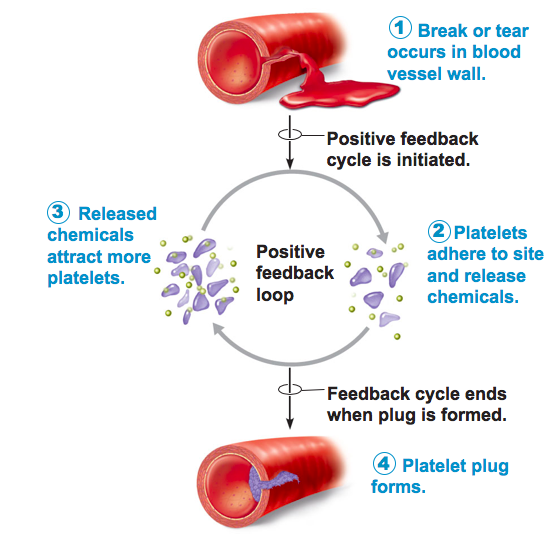
D.
Choose the anatomical topic and definition that is not correctly matched.
A. Cytology: study of the structures in a particular region
B. Embryology: study of the changes in an individual from conception to birth.
C. Gross Anatomy: study of structures visible to the eye.
D. Microscopic Anatomy: study of structures too small to be seen by the naked eye
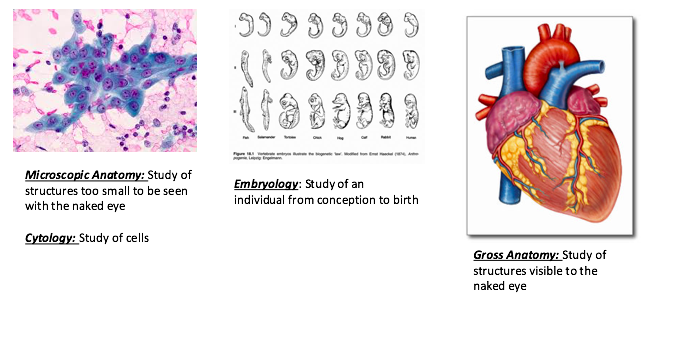
A.
The cavities housing the eyes are called
A. nasal cavities
B. cranial cavities
C. orbital cavities
D. frontal cavities
C.
What is the ratio of fatty acids to glycerol in a triglyceride (natural fat) molecule?
A. 2:1
B. 3:1
C. 4:1
D. 1:1
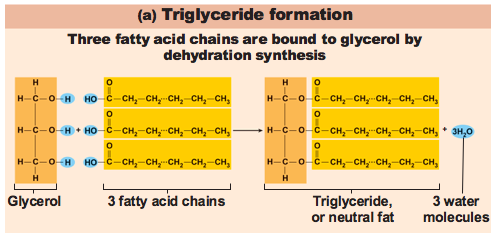
B.
Passive membrane transport processes include
A. the use of transport proteins when moving substances from areas of low to high concentration
B. movement of water from an area of high solute concentration to an area of low concentration
C. consumption of ATP
D. movement of a substance down its concentration gradient
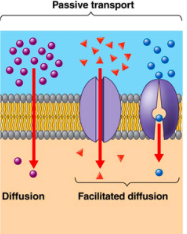
D.
Which of the following statements is correct regarding net diffusion?
A. Molecular weight of a substance does not affect the rate
B. The lower the temperature, the faster the rate
C. The greater the concentration gradient, the faster the rate
D. The rate is dependent of temperature
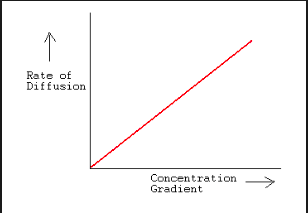
C.
Choose the answer that best describes fibrous proteins?
A. are usually called enzymes
B. rarely exhibit secondary structure
C. are very stable and insoluble in water
D. are cellular catalysts
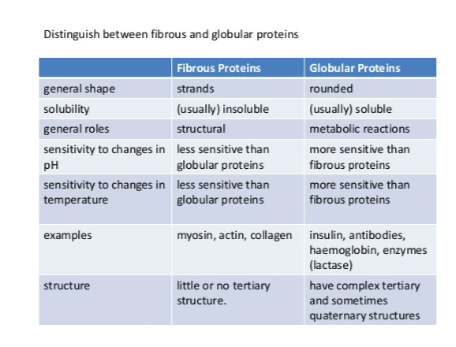
C.
Carbohydrates are stored in the liver and muscles in the form of
A. glycogen
B. triglycerides
C. cholesterol
D. glucose
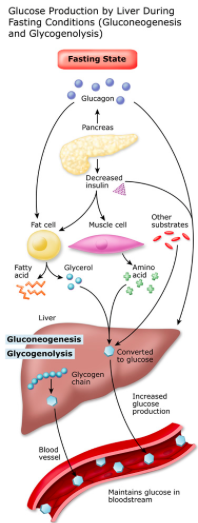
A.
The parietal pleura would represent a serous membrane
A. covering the heart
B. Lining the thoracic cavity
C. lining the abdominopelvic cavity
D. Covering individual lungs
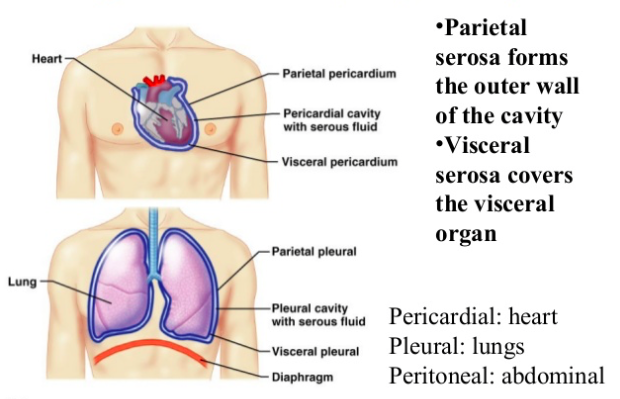
B.
Salts are always
A. ionic compounds
B. single covalent compounds
C. hydrogen bonded
D. double covalent compounds

A.
Place the following in correct sequence from simplest to most complex.
1. Molecules
2. Atoms
3. Tissues
4. Cells
5. organs
A. 1,2,4,3,5
B. 2,1,4,3,5
C. 1,2,3,4,5
D. 2,1,3,4,5
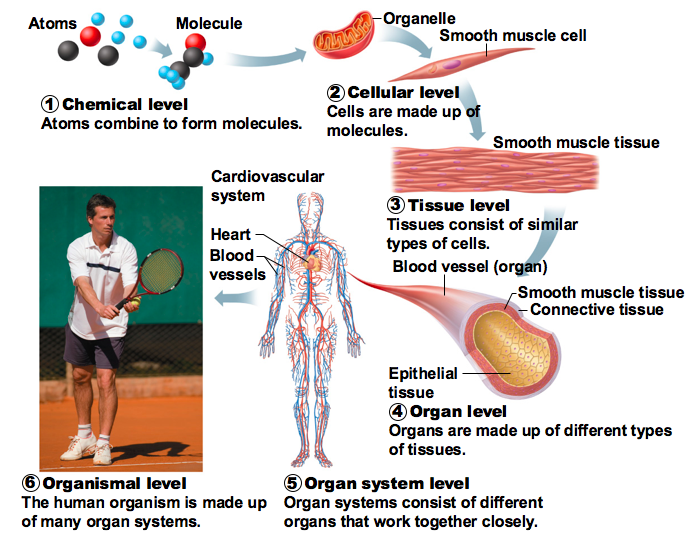
B.
Which of the following is not true of proteins?
A. they have both functional and structural roles in the body
B. they appear to be the molecular carries of coded heredity information
C. Their function depends on their 3D shape
D. They may be denatured or coagulated by heat or acidity
B.
The single most abundant protein in the body is
A. glucose
B. hemoglobin
C. collagen
D. DNA
C.
The four elements that make up about 96% of body matter are
A. nitrogen, hydrogen, calcium, sodium
B. carbon, oxygen, phosphorus, calcium
C. sodium, potassium, hydrogen, oxygen
D. carbon, oxygen, hydrogen, nitrogen
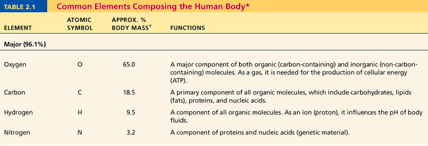
D.
Which of the following elements is necessary for proper conduction of nervous impulses?
A. Na
B. P
C. I
D. Fe

A.
What is the main, general purpose of negative feedback?
A. to regulate excretion via kidneys
B. to maintain homeostasis
C. to control body movement
D. to keep the body's blood sugar level high
B.
If cells are placed in a hypertonic solution containing a solute to which the membrane is impermeable, what could happen?
A. the cells will lose water and shrink
B. The cells will shrink at first, but will later reach equilibrium with the surrounding solution and return to their original condition
C. The cells will show no change due to diffusion of both solute and solvent
D. the cells will swell and ultimately burst
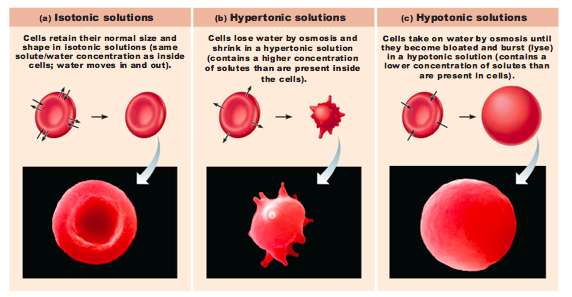
A.
A chemical reaction in which bonds are broken is usually associated with
A. the consumption of energy
B. a synthesis
C. forming a larger molecule
D. the release of energy
D.
A gene can best be defined as
A. noncoding segments of DNA up to 100,000 nucleotides long
B. A three-base triplet that specifies a particular amino acid
C. a segment of DNA that carries the instructions for one polypeptide chain
D. an RNA messenger that codes for a particular polypeptide
C.
Which of the following statements is false?
A. chemical reactions proceed more quickly at higher rates
B. Chemical reactions progress at a faster rate when the reacting particles are present in higher numbers
C. catalysts increase the rate of chemical reactions, sometimes while undergoing reversible changes in shape
D. Larger particles move faster than smaller ones and thus collide more frequently and more forcefully
D.
Which of the following statements is true concerning feedback mechanisms?
A. Negative feedback mechanisms tend to increase the original stimulus
B. Positive feedback mechanisms always result in excessive damage to the host
C. Negative feedback mechanisms work to prevent sudden severe changes in the body
D. Blood glucose levels are regulated by positive feedback mechanisms
C.
If atom "X" has an atomic number of 74 it'd have
A. 37 protons, 37 electrons
B. 74 protons
C. 37 protons, 37 Neutons
D. 37 electrons
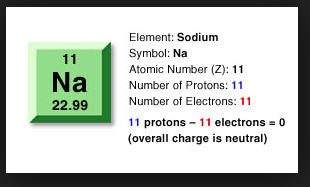
B.
Which of the following systems responds fastest to environmental stimuli?
A. Muscular
B. Nervous
C. Immune
D. Lymphatic
B.
Carbohydrates and proteins are build up from their basic building blocks by the
A. removal of a water molecule between each two units
B.
addition of a water molecule between each two units
C. addition of a carbon atom between each two units
D. removal of a carbon atom between each two units
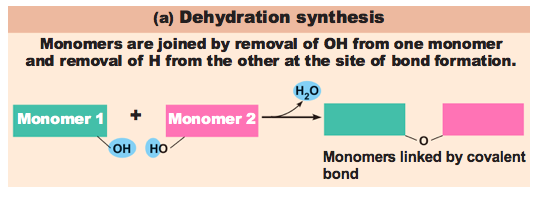
A.
Which of the following describes a parasagittal plane?
A. any cut dividing the body into anterior and posterior portions
B. a transverse cut just above the knees
C. any sagittal plane except in the midline
D. two cuts dividing the body into left and right halves
C.
Choose the following statement that is not completely correct regarding serous membranes
A. serous membranes secrete a watery lubricating fluid
B. serous membranes are divided into parietal and visceral membranes with a virtual space between the two
C. Visceral pericardium covers the outer surface of the heart, and parietal pericardium lines the internal walls of the heart
D. serosa are very thin, double-layered structures
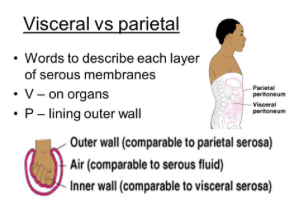
C.
Which of the following is not considered a factor in influencing a reaction rate?
A. temperature
B. particle size
C.Time
D. concentration
C.
The genetic information is coded in DNA by the
A. 3D structure of the double helix
B. arrangement of the histones
C. regular alterations of sugar and phosphate molecules
D. sequence of nucleotides
D.
If the nucleotide or base sequence of the DNA strand used as a template for messenger RNA synthesis is ACGTT, then what would the sequence of bases in the corresponding mRNA be?
A. UGCAA
B. GUACC
C. TGCAA
D. ACGTT
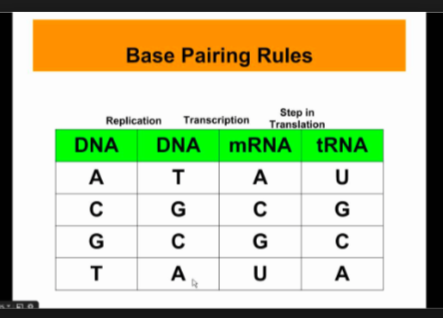
A.
Which of the following is the major positive ion outside cells?
A. sodium
B. magnesium
C. Potassium
D. hydrogen
A.
The numbers listed represent the number of electrons in the first, second, and third energy levels respectively. On this basis, which of the following is an unstable or reactive atom?
A. 2,8,8
B. 2
C. 2,8
D. 2, 8, 1
D.
What is a chain of more than 50 amino acids called?
A. polypeptide
B. polysaccharide
C. nucleic acid
D. protein
D.
Which type of cell junction acts as anchors and distributes tension through a cellular sheet and reduces the chance of tearing when it is subjected to great mechanical stress?
A. desmosomes
B. gap junctions
C. connexons
D. tight junctions
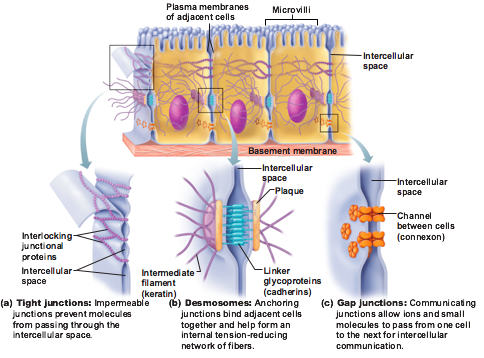
A.
Atom "X" has 17 protons. How many electrons are in its valence shell?
A. 3
B. 7
C. 5
D. 10
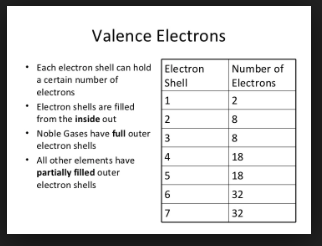
B.
One of the functional characteristics of life is excitability or responsiveness. This refers to
A. sensing changes in the environment and responding to them
B. the nervous system causing all living things to sometimes experience anger
C. the necessity for all organisms to reproduce
D. indigestible food residues stimulating the excretory system
A.
An atom with a valence of 3 may have a total of ___ electrons
A. 13
B. 3
C. 17
D. 8
A.
Which of the following statements is false?
A. when the hydrogen ion concentration decreases, the hydroxyl ion concentration also decreases
B. The more hydrogen ions in a solution, the more acidic the solution
C. when acids and bases are mixed, they react with each other to form water and a salt
D. the pH of blood is slightly basic
A.
Select which reactions will usually be irreversible regarding chemical equilibrium in human bodies
A. H2O + CO2 to make H2CO3
B. glucose to CO2 and H2O
C. ADP + Pi to make ATP
D. glucose molecules joined to make glycogen
B.
Which statement is the most correct regarding transcription/Translation?
A. the nucleotide sequence in a tRNA anticodon is an exact copy of the DNA triplet that coded for it except that uracil is substituted for thymine.
B. the nucleotide sequence in a tRNA anticodon is an exact copy of the DNA triplet that coded for it.
C. the nucleotide sequence in a mRNA codon is an exact copy of the DNA triplet that coded for it except that uracil is substituted for thymine.
D. the nucleotide sequence in a mRNA codon is an exact copy of the DNA triplet that coded for it
A.
Which of the following are survival needs of the body?
A. water, atmospheric pressure, growth, movement
B. nutrients, water, movement, reproduction
C. nutrients, water, growth, reproduction
D. nutrients, water, atmospheric pressure, oxygen
D.
A process by which large particles may be taken into the protection of the body by invaders like bacteria or for disposing of old or dead cells is called phagocytosis.
T/F
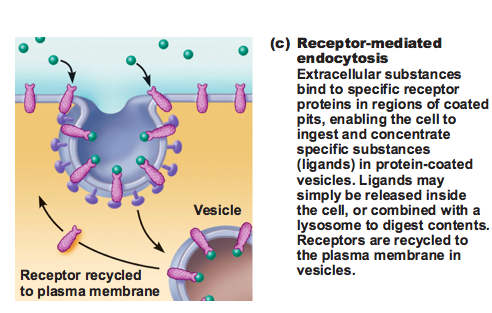
False
Lipids are poor source of stored energy
T/F
False
Without some sort of negative feedback mechanism, it would be impossible to keep our body chemistry in balance
T/F
True
The epigastric region is superior to the umbilical region
T/F
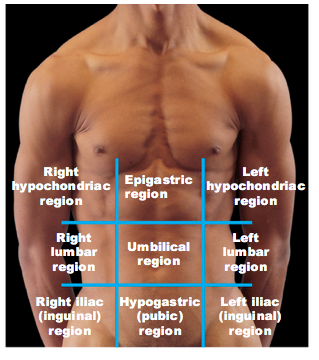
True
The orderly sequence of the phases of mitosis is Prophase, Metaphase, Anaphase, Telophase
T/F
True
A major function of serous membranes is to decrease friction
T/F
True
Apoptosis is programmed cell suicide; cancer cells do not undergo this process
T/F
True
Aquaporins are believed to be present in red blood cells and kidney tables, not in any other cells in the body
T/F
False
Glycogen, the storage form of glucose, is primarily stored in muscle tissue only
T/F
False
A dipeptide can be broken into two amino acids by dehydration synthesis
T/F
False
It is important for any organism to maintain its boundaries so that its internal environment remains distinct from the external environment surrounding it
T/F
True
The elbow is proximal to the shoulder
T/F
False
Positive feedback mechanisms tend to enhance the original stimulus so that the response is accelerated
T/F
True
The pH of the body fluids must remain fairly constant for the body to maintain homeostasis
T/F
True
Each daughter cell resulting from mitotic cell division has exactly as many chromosomes as the parent cell
T/F
True
DNA transcription is another word for DNA replication
T/F
False
Imaging is useful in discovering obstructed blood supplies in organs and tissues
T/F
True
Responsiveness or excitability is the ability to sense changes in the environment and then respond to them
T/F
True
Microtubules are hollow tubes made of subunits of the protein tublulin
T/F
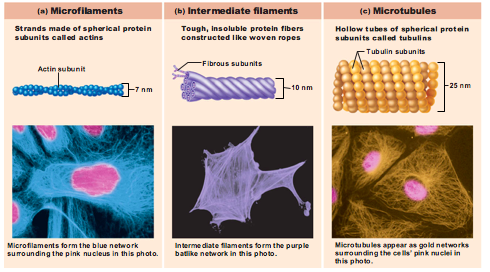
True
Cholesterol helps to stabilize the cell membrane while decreasing the mobility of the phospholipids
T/F
True
The anatomical position means the body is standing at attention with the palms facing forward and the thumbs pointing away from the body
T/F
True
There is only one cell type in the human body that has a flagellum
T/F
True
Microfilaments are thin strands of the contractile protein myosin
T/F
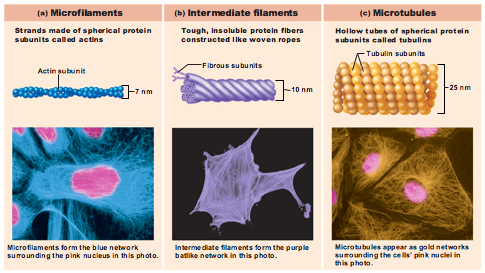
False
In osmosis, movement of water occurs toward the solution with the lower solute concentration.
T/F
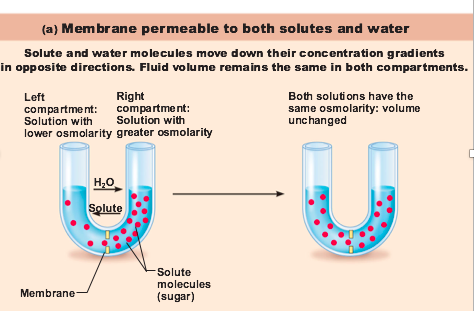
True
Lungs carry out an excretory function
T/F
True
The part of the serous membrane that lines the peritoneal cavity wall is called the visceral peritoneum
T/F
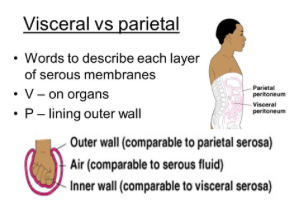
False
It is the difference in the R group that makes each amino acid chemically unique
T/F
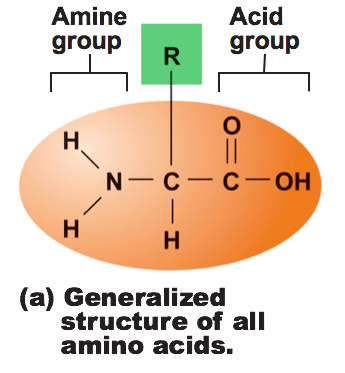
True
Mixtures are combinations of elements or compounds that are physically blended together but are not bound by chemical bonds
T/F
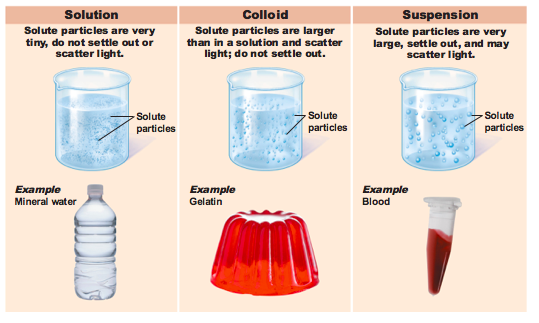
True
Final preparation for cell division is made during the cell life cycle sub-phase called G2
T/F
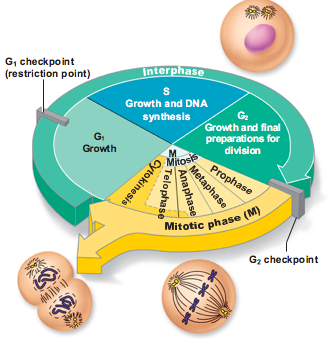
True
Most organelles are bounded by a membrane that is quite different in structure from the lipid bilayer of the plasma membrane
T/F
True
Telomeres are the regions of chromosomes that code for the protein ubiquitin
T/F
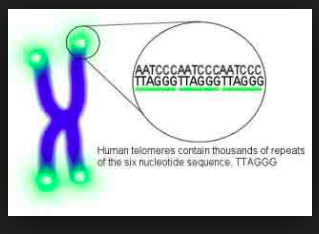
False